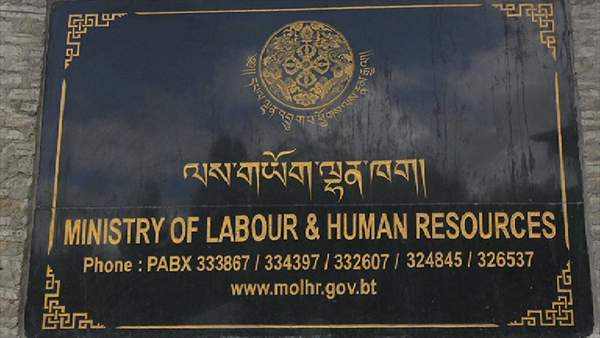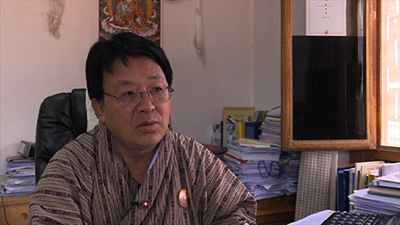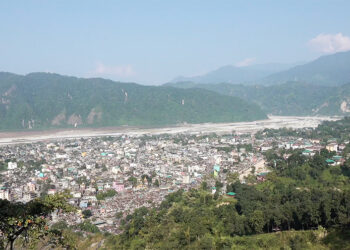 Despite repeated notifications, the Ministry of Labour and Human Resources(MoLHR) has found that private enterprises and firms have not updated their accounts in their respective Provident Fund (PF) schemes, which means they have failed to participate in the scheme.
Despite repeated notifications, the Ministry of Labour and Human Resources(MoLHR) has found that private enterprises and firms have not updated their accounts in their respective Provident Fund (PF) schemes, which means they have failed to participate in the scheme.
The department of labour in its latest notification has stated that it will strictly monitor and penalise those not participating in the PF scheme accordingly with the Labour and Employment Act 2007.
As of June this year, there are over 65,000 members joining the PF scheme, an increase by almost 1,000 from last year. However, not all are active members. Nearly 25,000 were found to be inactive. That means they have failed to deposit the monthly PF deductions of the employees with the Royal Insurance Corporation of Bhutan Limited (RICBL) or Bhutan Insurance Limited (BIL).
 “Some of the private enterprises are closed down completely. Also, we found out that in some, they have collected from the employees but they have not deposited either in BIL or RICBL,” Sonam Wangdi, the Director of the Department of Labour, said.
“Some of the private enterprises are closed down completely. Also, we found out that in some, they have collected from the employees but they have not deposited either in BIL or RICBL,” Sonam Wangdi, the Director of the Department of Labour, said.
Section 99 of the act and its regulations state that an employee is entitled to gratuity and provident fund upon retirement from the service.
“As per our Labour and Employment Act, it says that those of them who have worked for more than a year in the same place with the same work, they have to deemed as employed. So per the act, they are entitled to the benefits such as provident fund, gratuity, casual leave, maternity leave and whatever the benefits the company is providing. Providing such benefits to all their employees means there is consistency or there is an equality between civil servants and the private,” the director added.
Those small, medium and large enterprises certified by the Economic Affairs Ministry fall under the PF scheme. And as per section 2 of the regulations on Working Conditions 2009, all enterprises employing five or more employees must comply with the PF scheme.
There are over 90,000 employees working in the private sectors as per Population and Housing Census 2017.










